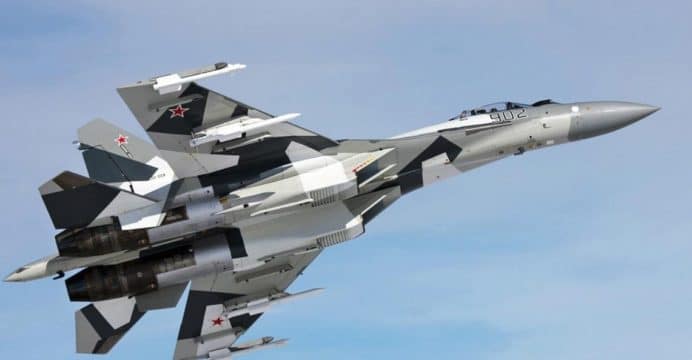PN & PMSA Ships arrived at Port Jubail, KSA to participate in Joint Tri-Services Exercise Gulf Shield-1....
Pakistan Navy Ships TIPPU SULTAN, HIMMAT and Pakistan Maritime Security Ship BASOL headed by Mission Commander Commodore Muhammad Faisal Abbasi , Commander 25th Destroyer Squadron (COMDESRON-25) arrived at Port Jubail, KSA to participate in Joint Tri-Services Exercise Gulf Shield-1 being organized by Royal Saudi Armed Forces (RSAF). Upon arrival, Pakistan Navy Ships were warmly received by RSNF officers and ratings.
Apart from Ships, elements from PN Special Services Group and Pak Marines are also participating in Exercise Gulf Shield-1 as part of the land contingent of all three Services of Pakistan Armed Forces. Moreover, a Pakistan Navy Long Range Maritime Patrol (LRMP) P3C aircraft will also participate in the exercises at sea.
Naval Component of Exercise Gulf Shield-1 is hosted by Royal Saudi Naval Forces (RNSF) and will be conducted in Saudi waters in the Gulf. Various activities involving Joint Operational Planning, Training/ Demonstrations, Seminars on professional topics and Cultural/ Social events will be conducted in Harbour phase of Exercise to mutually benefit and generate goodwill among participants.
Moreover, Irregular Warfare, Coastal Defense, Combat Search & Rescue, Naval Warfare Exercises and extensive flying operations will be conducted during sea phase of the Exercise. Observers from various participating countries will be boarded PN Ships during sea phase. In addition to PN, warships from Bahrain, Egypt, Kuwait, Jordan, Saudi Arabia, Sudan, UAE & USA will also participate in the Exercise.
Pakistan is the leading contributor in the Exercise, both in personnel and assets, which is reflective of strong bilateral defense relations between Pakistan and Saudi Arabia. The Exercise is likely to further strengthen the existing bonds of defense collaboration between participant nations and demonstrate their resolve for ensuring maritime security in the region.















